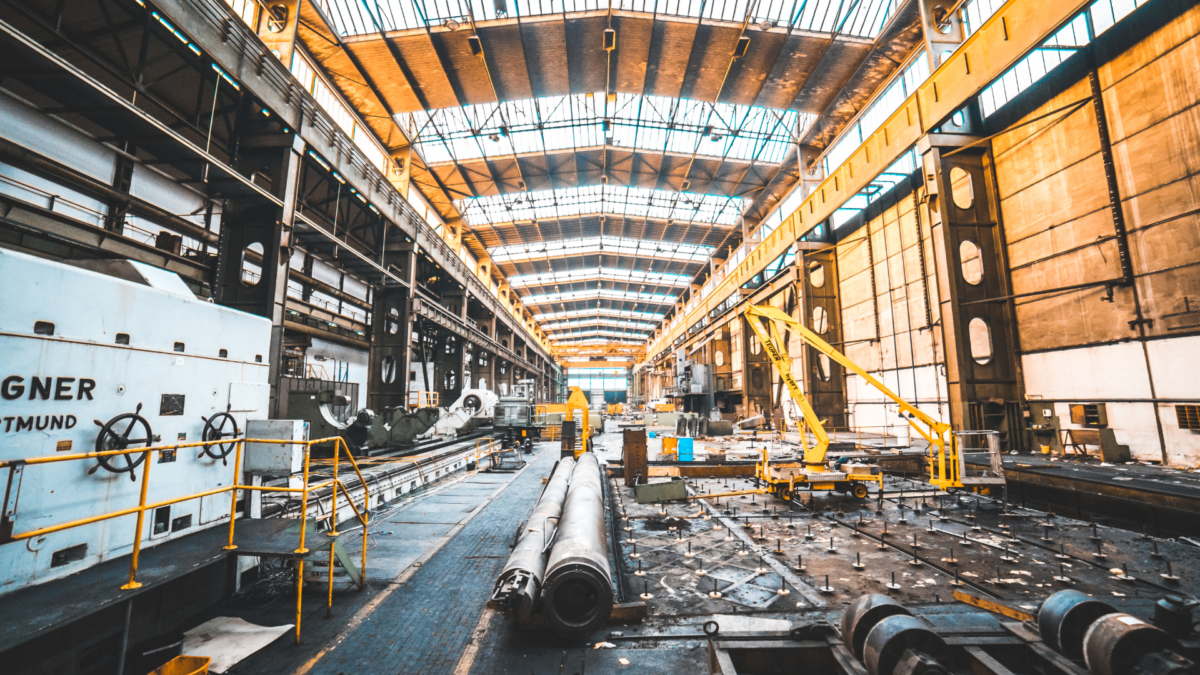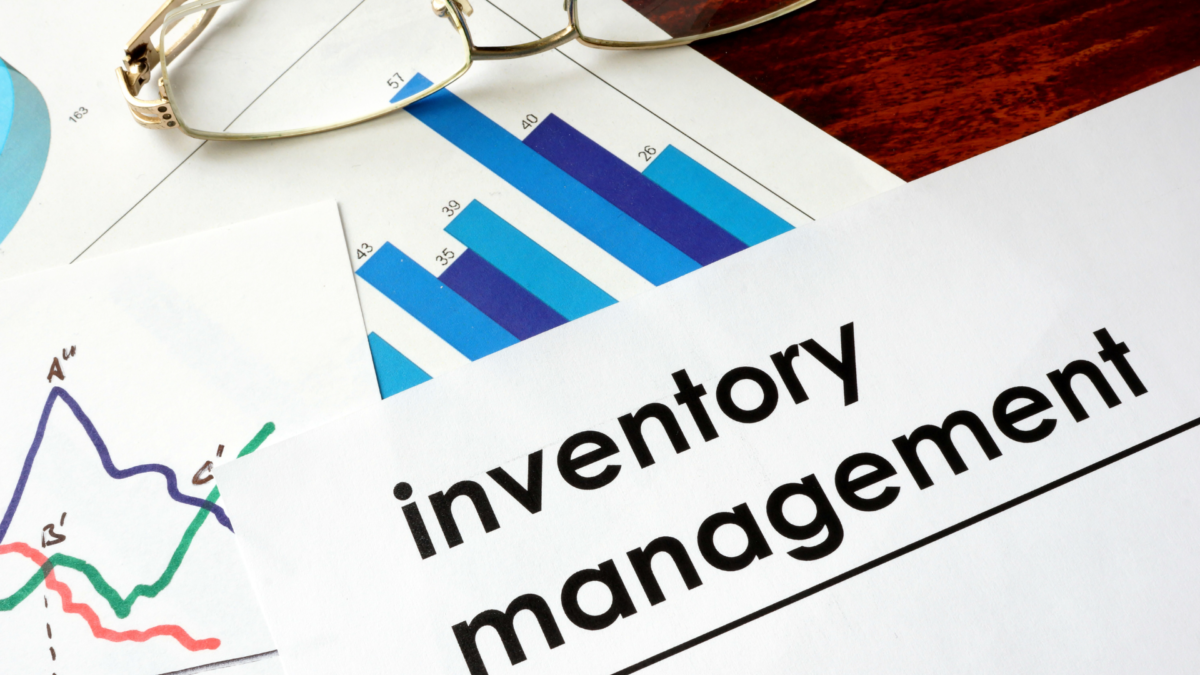Facing a wrongful termination lawsuit can be a daunting experience for any employee. Individuals must understand their rights and the legal framework surrounding employment law in such situations. Properly approaching this legal challenge can lead to a favorable outcome, whether through negotiation or court proceedings.
To effectively handle a wrongful termination claim, individuals should gather relevant documentation, such as employment contracts, performance evaluations, and emails. This evidence can support their case and clarify the circumstances surrounding their dismissal. Consulting with an experienced attorney specializing in employment law can provide valuable guidance and increase the chances of a successful resolution.
Navigating a wrongful termination lawsuit requires a clear strategy and a strong understanding of legal rights. By being informed and proactive, employees can take decisive steps to protect themselves and seek justice for their wrongful dismissal.
Understanding Wrongful Termination
Wrongful termination involves situations where an employee is fired in violation of legal protections or employment agreements. This section provides clarity on what constitutes wrongful termination and explores common grounds that may lead to such claims.
Defining Wrongful Termination
Wrongful termination occurs when an employee is dismissed from their job in a way that breaches specific laws or contracts. This can include cases involving discrimination, harassment, or retaliation. For example, if an employee is fired due to their race, gender, or other protected characteristics, this constitutes discrimination.
Additionally, wrongful termination can stem from a breach of employment contracts. In some cases, even if an employee is considered “at-will,” violations can happen if there’s an implied contract or agreements not honored. Employees often have protections under federal and state laws that prevent them from being unjustly terminated.
Common Grounds for Wrongful Termination
Several key factors can lead to wrongful termination lawsuits. Discrimination is one of the most cited reasons for which an employee faces dismissal due to race, age, gender, or disability. Another common ground is retaliation. Employers may not terminate employees for exercising their rights, such as filing complaints about workplace harassment or safety issues.
Violation of public policy also plays a significant role. An employee cannot be fired for refusing to participate in illegal activities or for whistleblowing. Understanding these grounds helps employees recognize their rights and the potential for a legal claim if terminated under such conditions.
Legal Framework and Rights Protection
Understanding the legal framework is crucial for anyone facing a wrongful termination lawsuit. It encompasses various federal and state laws aimed at protecting employees from unjust dismissal, alongside specific protections under agencies such as the EEOC.
Federal and State Employment Laws
Federal and state employment laws establish the rights of employees in the workplace. Key laws include Title VII of the Civil Rights Act, which prohibits discrimination based on race, color, religion, sex, or national origin.
Under the Fair Labor Standards Act (FLSA), employees are protected from retaliatory actions when they assert their rights regarding wages and hours. State laws can offer additional protections, such as prohibiting termination for lawful off-duty activities or unpaid leave for jury duty. Employees must be aware of these legal protections when considering a wrongful termination lawsuit, as they may affect the validity of their claims.
Role of the Equal Employment Opportunity Commission (EEOC)
The EEOC plays a vital role in investigating allegations of employment discrimination. Employees believing they have been wrongfully terminated can file a charge with the EEOC, which may facilitate mediation between the parties involved.
The EEOC collects evidence, interviews witnesses, and determines if there is reasonable cause to believe that discrimination occurred. If so, the EEOC may offer remedies including reinstatement or monetary compensation. Filing a complaint with the EEOC is often a necessary step before pursuing a lawsuit, as it allows the agency to enforce compliance with federal laws.
Family and Medical Leave Act (FMLA) and Whistleblower Protections
The FMLA protects eligible employees who need time off for medical or family-related reasons. Employers are prohibited from retaliating against employees who exercise their rights under the FMLA, including taking protected leave.
Whistleblower protections safeguard employees who report violations of laws or regulations, such as safety concerns under the Occupational Safety and Health Administration (OSHA). Employers cannot terminate or retaliate against employees for acting in the public interest by reporting unlawful practices. Understanding these protections is vital for navigating potential wrongful termination scenarios effectively.
Navigating Your Wrongful Termination Case
Handling a wrongful termination case involves several critical steps to secure the best outcome. From legal counsel to solid evidence, each aspect plays a vital role in shaping the case.
Consulting with an Employment Lawyer
Engaging an employment lawyer is crucial in navigating a wrongful termination lawsuit. An experienced attorney understands the complexities of employment law and can provide tailored legal advice. They will assess the specific circumstances of the case, determining if the termination was linked to illegal acts such as discrimination or retaliation.
Moreover, an employment lawyer can also offer support for wrongful termination claims by identifying possible avenues for compensation, such as lost wages, emotional distress, or punitive damages. This expertise could significantly influence the chances of a favorable settlement or court outcome.
Gathering and Presenting Evidence
Collecting relevant evidence is essential for building a strong wrongful termination case. This includes documentation such as email correspondence, performance reviews, and company policies. Witness statements from colleagues can also support claims, establishing a pattern of wrongful actions by the employer.
Organizing evidence effectively is critical. It should indicate the timeline of events leading to the termination. A well-documented case can persuade the employer to consider an out-of-court settlement, minimizing the stress and time associated with long litigation processes.
Understanding Potential Compensations and Damages
Understanding the types of compensation available is important. Victims of wrongful termination may be eligible for lost wages from the date of termination until a new job is secured. Additionally, claims for emotional distress could provide further financial relief.
Punitive damages may be sought if the employer’s actions were egregious. Legal advice can clarify the likelihood of obtaining severance pay, unemployment benefits, or other awards. Each case is unique, and an informed approach can maximize potential compensation.
Conclusion
Handling a wrongful termination lawsuit requires careful navigation of legal rights and processes. Understanding the relevant laws is crucial. Every state has its statutes of limitations that dictate how long one has to file a claim.
Consulting an employment attorney is advisable. They can provide guidance tailored to individual circumstances and help in building a strong case. It is essential to gather all pertinent documentation related to employment. This includes performance reviews, emails, and termination notices.
Being informed about rights can empower individuals facing this situation. Knowledge of anti-discrimination laws and whistleblower protections can be beneficial. Approaching the lawsuit with a clear strategy and legal support increases the chances of a favorable outcome. Understanding each step of the process allows for better preparedness in court or settlement discussions.










